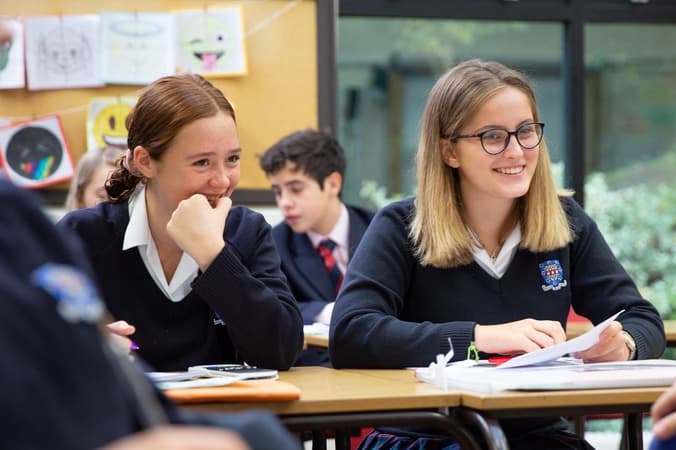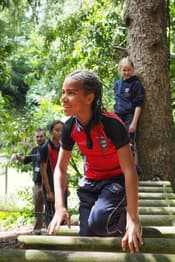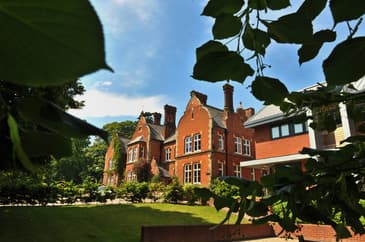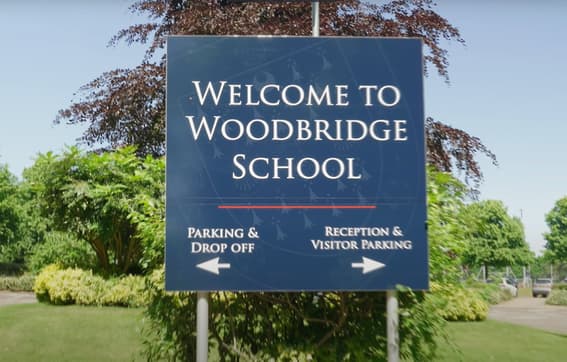Beginnings
The School, in its first form, came from the ideas of Thomas Seckford who, as a Master of the Court of Requests, founded an almshouse for 13 ‘poor men’ providing sheltered care in a well-regulated and spiritual environment in 1587. From those foundations the Seckford Foundation was born.
In 1662, Robert Marryott, a local lawyer known as ‘the great eater,’ conveyed meetings of local worthies at ‘The Crown’ and ‘The Kings Head’ to discuss the need for a school. With generous donations from Francis Burwell, Dorethy Seckford, and the will of Thomas Annott the institution was created.
The Master’s book of Admission, the Liber Admissionum, which stands as the source for the next 200 years of the school’s history is prefaced with Orders, Constitutions and Directions, which give a clear picture of their aspirations for the school and are still largely followed today.
Evolution and growth
Over time, the School’s success relied on its ‘Masters’ and although there were many setbacks at the beginning, including the Great Plague, 1670 saw Philip Candler bring 50 students from outside the Woodbridge area (Ipswich!) to the School. Upon this solid foundation the ‘Free School’ built a remarkable reputation which sustained for over a century.
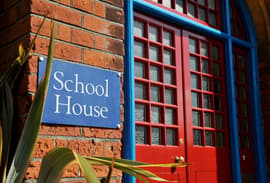
Life during wartime
When the school reassembled in the summer of 1914 war had been declared and excitement was at fever pitch. The Woodbridgian captured the mood: ‘The number of Old Woodbridgians serving with His Majesty’s forces is well over 100. Fresh names are continually being added to the list. Five who were in school last term are among those serving.’ Many staff enlisted, including the headmaster R. Kennard-Davis and the School House Common room was used as a place of convalescence. The war memorial, erected in 1921, shows 60 names of those who were lost.
The commencement of the Autumn term in 1939 coincided with the outbreak of the second world war. Post War, the School saw a great deal of change, including steady growth in the number of students and the acquisition of the Abbey building in 1948, which saw a future for the school we know today.
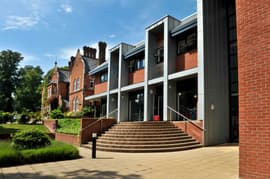
The modern school
The 60s and 70s saw a huge amount of development at Woodbridge School, not only in its style of education – which moved into a modern form of education fitting with a change in family affluence and aspirations – but a major building programme in 1968 that secured a new classroom block, art and technology rooms and by 1974 a new Sixth Form block. The school become co-educational in 1974.
Woodbridge is constantly looking forward and adapting to change swiftly. With more developments yet to come, exciting times lay ahead.
Want to see for yourself?
In addition to our open days, we welcome visits from parents and children looking for the right foundation for life ahead. We’ll be happy to show you around and answer any questions you have about our School, staff and the support we offer our students.


